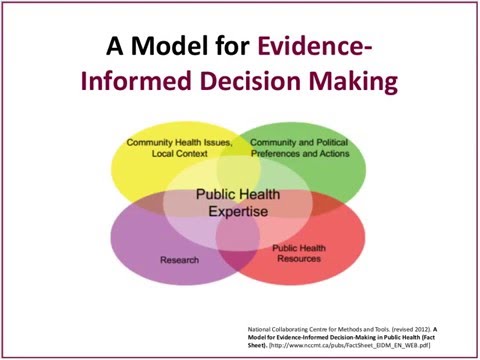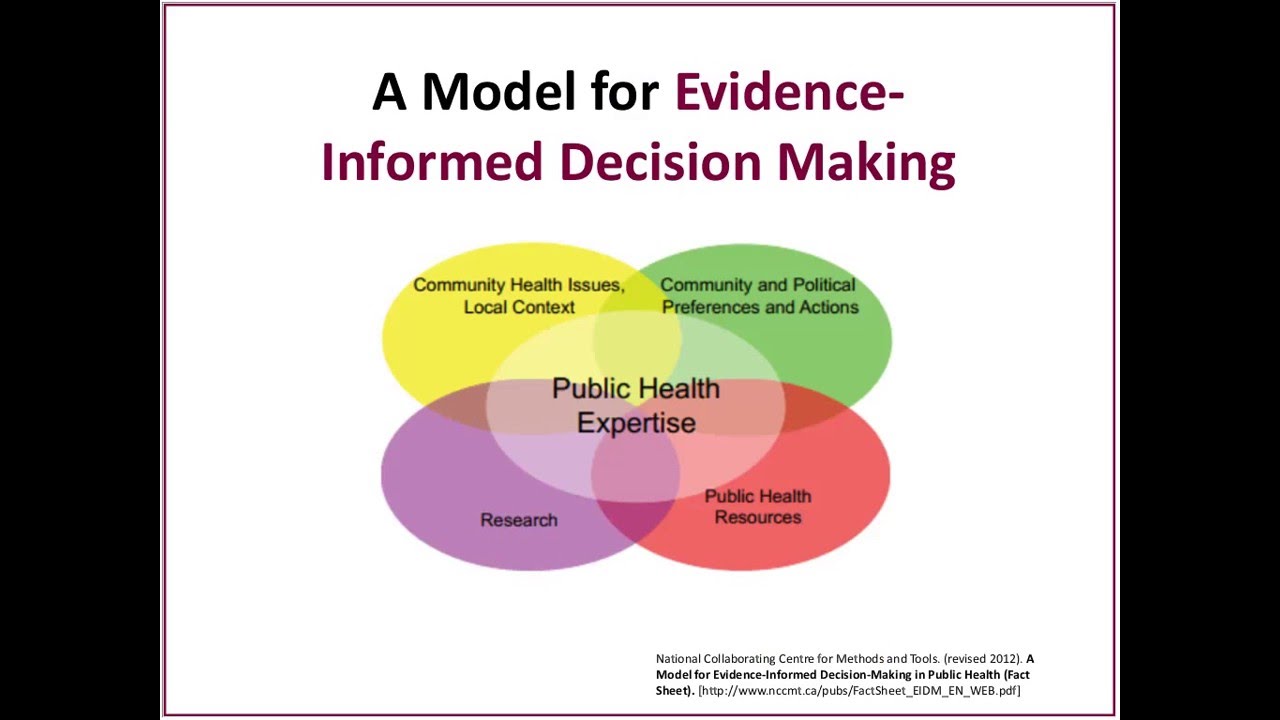New guidelines for colonoscopy: Stay up-to-date with the latest advancements in colonoscopy procedures, as experts unveil groundbreaking recommendations for enhanced detection and prevention of colon cancer. Discover how these innovative guidelines aim to revolutionize the way colonoscopies are conducted, ensuring more accurate results and improved patient outcomes. With a focus on early detection and intervention, these cutting-edge guidelines provide healthcare professionals with valuable insights and techniques to identify and remove potentially cancerous polyps at an early stage. Delve into the details of the updated guidelines to understand the evolving landscape of colonoscopy, empowering both medical practitioners and patients alike to make informed decisions about their health. Gain a deeper understanding of the importance of regular screenings and how these new guidelines can contribute to a significant reduction in colon cancer mortality rates. Stay ahead of the curve with the latest advancements in colonoscopy, as these groundbreaking guidelines pave the way for more effective detection and prevention strategies. Embrace the future of colonoscopy and its potential to save lives.

New Guidelines for Colonoscopy
| Guideline | Description |
|---|---|
| Age to Start Screening | According to the new guidelines, individuals should start regular colonoscopy screening at the age of 45 instead of the previously recommended age of 50. This change is attributed to the rising incidence of colorectal cancer in younger populations. |
| Screening Interval | The recommended interval between colonoscopies for average-risk individuals has been extended to 10 years, provided that no significant abnormalities are found during the procedure. This change aims to reduce the burden of unnecessary screenings and associated costs. |
| Alternative Screening Methods | The new guidelines acknowledge alternative screening methods, such as stool-based tests and virtual colonoscopy, as viable options for average-risk individuals who refuse or are unable to undergo colonoscopy. However, it is important to note that colonoscopy remains the gold standard for detecting and preventing colorectal cancer. |
| Family History and High-Risk Individuals | For individuals with a family history of colorectal cancer or certain inherited conditions, screening should begin at an earlier age and occur more frequently. The guidelines provide specific recommendations based on the level of familial risk and personal medical history. |
| Quality Assurance | The new guidelines emphasize the importance of quality assurance measures to ensure accurate and reliable colonoscopy outcomes. This includes monitoring the performance and outcomes of colonoscopy providers, as well as implementing standardized reporting systems. |
The Power of Prevention: Unveiling the Colorectal Screening Breakthrough
New Guidelines for Colonoscopy: What You Need to Know
Colonoscopy is a procedure commonly used to detect and prevent colon cancer. It involves the insertion of a flexible tube with a camera into the rectum to examine the colon for any abnormalities or signs of disease. Over the years, advancements in technology and medical research have led to the development of new guidelines for colonoscopy. These guidelines aim to improve the effectiveness and safety of the procedure, ensuring early detection and treatment of potential issues. In this article, we will discuss the key points of the new guidelines for colonoscopy.
1. Screening Age Recommendations
The first significant change in the new guidelines for colonoscopy is related to the recommended screening age. Previously, it was recommended to start screening at the age of 50 for average-risk individuals. However, recent studies have shown an alarming increase in colon cancer among younger adults. As a result, the new guidelines suggest that screenings should now begin at the age of 45 for average-risk individuals. This change aims to ensure early detection and treatment of colon cancer in younger populations, potentially saving more lives.
2. Interval between Screenings
The second important aspect covered by the new guidelines is the recommended interval between screenings. Traditionally, it was recommended to undergo a colonoscopy every ten years if the previous results were normal. However, recent research has shown that interval to be too long, especially for individuals with a higher risk of colon cancer. The new guidelines suggest that individuals with a normal colonoscopy result should undergo a repeat screening after five years, instead of ten. This change is aimed at detecting any potential issues earlier and reducing the risk of advanced-stage colon cancer.
3. Quality Standards for Colonoscopy
Ensuring the quality and effectiveness of colonoscopy procedures is another critical element addressed by the new guidelines. To achieve this, the guidelines emphasize the importance of several quality standards. These standards include the withdrawal time of the colonoscope, which should be at least six minutes to maximize the detection of abnormalities. Additionally, the guidelines stress the significance of complete colonoscopy, ensuring the entire colon is examined thoroughly. These quality standards aim to enhance the accuracy and reliability of the procedure, reducing the chances of missed or misdiagnosed abnormalities.
4. Alternative Screening Options
While colonoscopy remains the gold standard for colon cancer screening, the new guidelines acknowledge the availability of alternative options. These alternatives include stool-based tests, such as the fecal immunochemical test (FIT) and the multi-targeted stool DNA test (MT-sDNA). The guidelines suggest that individuals who are unwilling or unable to undergo a colonoscopy should discuss these alternative options with their healthcare providers. However, it is important to note that if these tests yield positive results, a follow-up colonoscopy is still necessary for confirmation and further evaluation.
5. Risk Stratification
The last key aspect covered by the new guidelines is the need for risk stratification. The guidelines emphasize the importance of identifying individuals at a higher risk of developing colon cancer and tailoring the screening and surveillance strategies accordingly. Factors that contribute to an increased risk include a family history of colon cancer, certain genetic conditions, and a personal history of colorectal polyps or inflammatory bowel disease. By stratifying individuals based on their risk level, the guidelines aim to provide more personalized and effective screening recommendations.
In conclusion, the new guidelines for colonoscopy bring several important updates to the screening and prevention strategies for colon cancer. These guidelines recommend starting screenings at an earlier age, reducing the interval between screenings, emphasizing quality standards, acknowledging alternative screening options, and implementing risk stratification. By staying informed and following these guidelines, individuals can play an active role in their health and reduce the risk of colon cancer.

